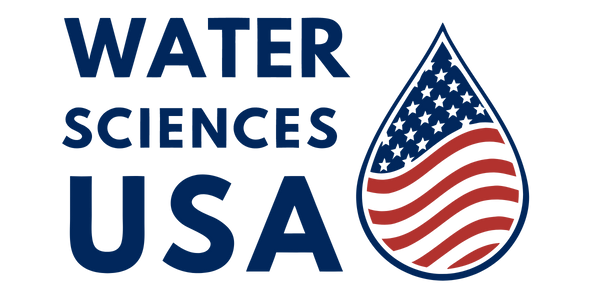Lab Testing vs. At-Home Test Strips: Why Precision Matters for Your Water Safety

When it comes to testing your water, how do you choose the right method?
At-home test strips are cheap and quick, but professional lab testing offers unmatched precision and depth. But which is the best one to choose when evaluating a home's water?
The Appeal of At-Home Test Strips
At-home test strips are affordable, easy to use, and give you results in minutes. Dip a strip into your water, match the color changes to a chart, and you can check for things like pH, hardness, or even lead. For basic checks—like seeing if your pool’s chlorine levels are balanced or if your tap water’s pH is off—they’re a handy tool. But when it comes to serious contaminants, especially pesticides or heavy metals, these strips fall short. Their simplicity comes with limited scope, lower sensitivity, and a higher chance of misreading results.
Going Deeper with Lab Testing
Professional lab testing, while more involved and sometimes pricier, is the gold standard for understanding your water’s safety. Here’s where it outshines at-home strips, especially if you’re concerned about complex contaminants like those found near golf courses or agricultural areas:
1. Greater Accuracy and Sensitivity
Lab testing uses advanced equipment, like gas chromatography or mass spectrometry, to detect contaminants at much lower concentrations than test strips can manage. For example, pesticides like atrazine or imidacloprid, common on golf courses or around agricultural areas, often appear in water at trace levels—parts per billion or less.
In a 2009 study in Science of the Total Environment "Pesticide concentrations in surface waters of coastal golf courses" scientists found atrazine in surface water near golf courses at concentrations as low as 0.1 micrograms per liter. Most at-home strips can’t detect these low levels, but certified labs can, giving you a clearer picture of your water’s safety.
2. Broader Range of Contaminants
At-home strips typically test for a handful of parameters—maybe pH, chlorine, lead, or nitrates. But water near golf courses or agricultural areas can contain dozens of pesticides, herbicides, or synthetic organic compounds (like PFAS) that strips simply don’t cover. Labs, on the other hand, offer comprehensive panels that screen for hundreds of contaminants. Lab testing can pinpoint these specific chemicals, while strips leave you guessing.
3. Reliable, Reproducible Results
Reading a test strip’s color change is subjective—one person might see “safe” while another sees “borderline.” Lighting, water clarity, or user error can skew results. Labs eliminate this guesswork with standardized protocols and trained technicians. They also provide detailed reports with exact concentrations, not just vague “high” or “low” indicators. This precision is crucial if you’re tracking contaminants over time or need data to address a health concern, like potential pesticide exposure.
4. Health Risks Demand Precision
The stakes are high when it comes to water safety. A 2025 study in Environment International found that living within a mile of a golf course nearly doubles the odds of Parkinson’s disease, likely due to chronic exposure to pesticides like 2,4-D or atrazine through water or air. These chemicals can accumulate in your body over years, even at low levels. At-home strips might miss these trace contaminants, giving you a false sense of security, while lab testing can detect them early, letting you take action.
When to Use Each Method
At-home test strips have their place. They’re great for quick, routine checks, like monitoring your well’s pH or spotting obvious issues after a heavy rain. But if you live near a golf course, farm, or industrial area, or if you’re on a private well, lab testing is worth the investment. The CDC recommends annual well testing for bacteria and nitrates, but adding a pesticide panel through a lab is smart in high-risk areas. Even for public water users, lab tests can catch issues downstream, like lead from old pipes or pesticides from nearby runoff, that your utility’s annual report might not reflect.
How to Get Lab Testing
Getting your water tested by a lab is straightforward. Contact your local health department or state environmental agency to see if they offer free or subsidized testing for well owners or residents near contamination risks. For example, programs like Florida’s Private Well Testing Program or California’s GAMA Program sometimes cover basic lab tests. If free options aren’t available, certified labs can provide mail-in kits: you collect a sample, ship it back, and get a detailed report.
Wrapping Up
At-home test strips are quick and convenient, but they’re no match for the accuracy, scope, and reliability of professional lab testing. Especially if you’re in a high risk area like a farm or golf course where pesticides like 2,4-D or atrazine could lurk in your water, lab testing is essential to catch trace contaminants that strips miss. And if you're on well water, this should be an annual practice. Start with free local testing programs, invest in a lab panel, and then use the results to protect your water and your health.
Disclaimer: Testing availability and regulations vary by region. Contact your local environmental agency or a certified water quality professional for guidance.
